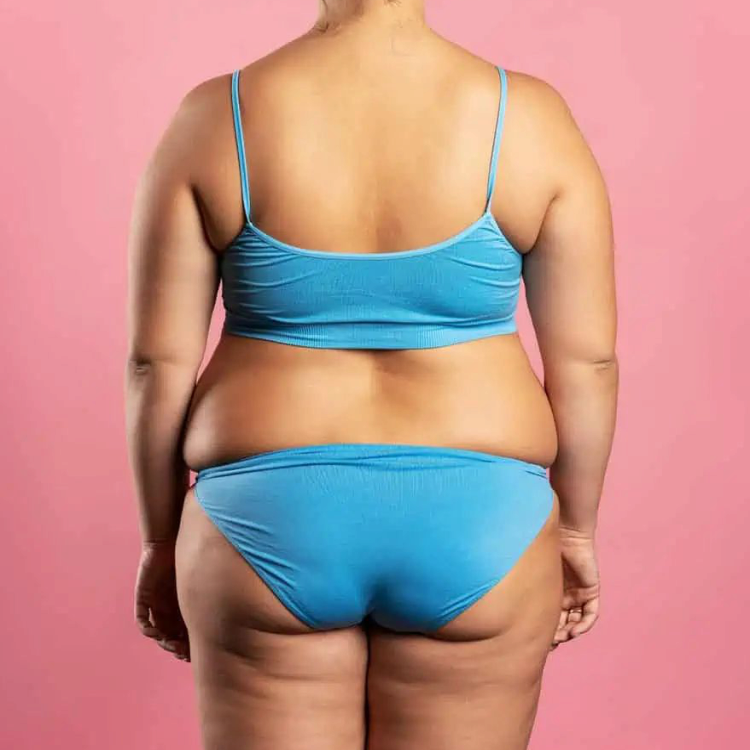Age-related screening tests
Determination of basic adult status at the age of 21
a) updating family medical history, with particular attention to coronary heart disease, atherosclerotic stroke, and arterial stenosis among parents and siblings at an early age (under 55 years for men and under 65 years for women),
b) exploring lifestyle factors (dietary habits, physical activity, smoking, alcohol consumption),
c) detailed physical examination, determination of body weight, abdominal circumference, height, body mass index, blood pressure measurement,
d) in the case of abdominal obesity (abdominal circumference ≥80 cm for women and ≥94 cm for men), the presence of other components of the metabolic syndrome (triglyceride level, HDL cholesterol level, blood pressure, fasting blood glucose),
e) in persons at high risk for type 2 diabetes mellitus (obesity, family history of diabetes mellitus, history of gestational diabetes), an oral glucose tolerance test (assessment of fasting and 120-minute values) or, if this is not feasible, fasting and postprandial blood glucose determination,
f) an assessment of the overall cardiovascular risk***,
g) in persons at high risk of kidney disease (family history of hereditary kidney disease, hypertension, diabetes mellitus, etc.), determination of serum creatinine level, estimated creatinine clearance**** urinalysis (with test strip): determination of protein and haematuria,
h) analysis of family medical history for benign and malignant solid tumours and predisposing conditions between parents and siblings under the age of 40 years,
(i) stomato-oncological examination, with particular attention to periodontosis as a predisposing factor for atherosclerosis and to conditions predisposing to cancer of the lip and oral cavity,
j) a vision test.
(a) repeat the tests in points 1(a) to 1(f) every five years in individuals at low cardiovascular risk according to point 1(f),
(b) repeat every two years the tests in points 1(a) to 1(f) in individuals at medium and high cardiovascular risk according to point 1(f),
c) every two years in persons at high risk of kidney disease (hypertension, diabetes mellitus), determination of serum creatinine, urinalysis (test strip): protein clearance in both sexes, determination of haematuria,
d) stomato-oncological screening every two years.
Between 21-40 years
between 40-64 years of age
(a) repeat the tests in points 1(a) to 1(f) every five years in individuals at low cardiovascular risk according to point 1(f),
(b) repeat every two years the tests in points 1(a) to 1(f) in individuals at medium and high cardiovascular risk according to point 1(f),
(c) every two years, in persons at high cardiovascular risk, an examination of the symptoms of non-complaint atherosclerosis (palpation and listening to the peripheral arteries), and determination of the ankle-arm index by ultrasound flow measurement ("mini-Doppler"),
d) every two years in persons at high risk of kidney disease (hypertension, diabetes mellitus), determination of serum creatinine level, estimated creatinine clearance, urinalysis (with test strip): protein clearance, haematuria determination,s
e) stomato-oncological screening every two years,
f)Chest screening every 45 years (lung screening).
Over 65 years of age
Annex 2 to NM Decree No 51/1997 (XII. 18.)
Smoking, alcohol consumption and a high body mass index (BMI) are the main contributors to the development of disease.
I'm sure that sounds familiar to many of you!
Only those who are truly motivated can achieve the goal and quit smoking. Think about the benefits of quitting smoking: no more bad breath, smelly clothes, smoky flats, better tasting food, fewer coughs, longer life expectancy. Always keep these benefits in mind!
Playback on

Overweight, obesity
Weight control
Overweight and obesity have become a global problem, the third leading cause of avoidable chronic disease and death after smoking and alcohol.
Eating trend
The most recent national dietary guideline is the OKOSTÁNYÉR®, a nutritional guideline formulated by the National Association of Hungarian Dietitians (MDOSZ).
Physical activity
Physical activity is defined as taking steps, doing chores, walking the dog - in other words, any low-intensity, light exercise.



Alcohol dependence is a non-specific mental disorder
The symptoms of alcohol dependence are the negative changes in personality, lifestyle and social life caused by regular drinking, and the physical and mental damage that develops over years and decades.